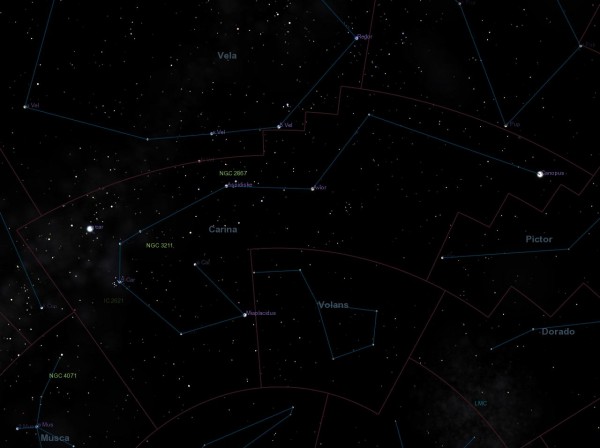“If you are a dreamer come in
If you are a dreamer a wisher a liar
A hoper a pray-er a magic-bean-buyer
If youre a pretender com sit by my fire
For we have some flax golden tales to spin
Come in!
Come in!” -Shel Silverstein
There are fakers out there of all types, to be sure. But one of the most unexpected ones is the ultimate cosmic faker: a giant star that erupts and pretends to be a supernova!
Just because something brightens tremendously to become visible to the eye, perhaps even outshining all the other stars in its vicinity, doesn't mean it has to be a supernova, and it doesn't mean it needs to destroy its progenitor star, either. Sometimes, you get a supernova impostor!
What's the deal with these cosmic charlatans? Go read the whole story and find out!
- Log in to post comments



You write:
> At its peak brightness in 1843, it was officially
> called a supernova impostor
I'm interested in learning more about this reference. I searched ADS and didn't find it in articles published 1843. The term "supernova" may have been coined by Baade and Zwicky in the early 1930s, so I'm surprised to see it appearing in quotation from the 1840s.
Also, the literature in 1843 doesn't call the star "eta Carinae", but rather "eta Argus".
@Michael: That's because the constellation Carina is also a part of a much bigger constellation, Argo Navis (Hence, "argus"). In modern times it's referred to as eta Carinae, but it is the same star as eta Argus.